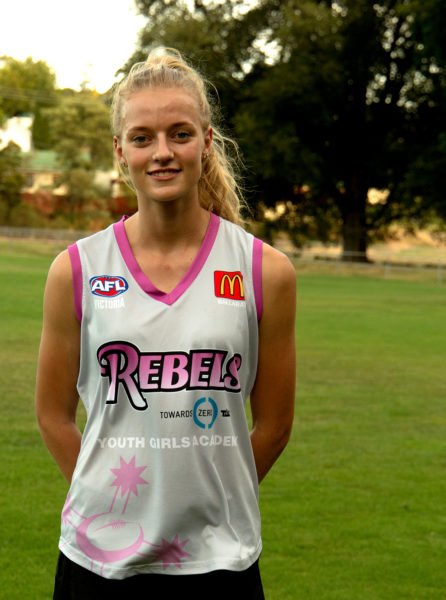
“Being a woman in Iran is hard, and working as a woman photographer is even harder.” So says Shadi Ghadirian, one of the two female Iranian photographers showcased in the (outdoor) public program at this year’s Ballarat International Foto Biennale. In her work, Like Everyday (2000-2001), Shadi Ghadirian shines a light on gender and social issues in Iran.
The Like Everyday Series was created from the plethora of domestic gifts Ghadirian received after her wedding - items completely foreign to a young professional. Using these objects - such as irons and frying pans - as masks to cover the faces of her veiled sitters, Ghadirian's photos ironically portray a one-dimensional interpretation of housewives, absurdly reducing their identities to cooks and cleaners. Ghadirian's images describe a positive and holistic female identity, humorously taking issue with the traditional roles by which women - both in the Middle East and universally - have been defined. ]]>
“Being a woman in Iran is hard, and working as a woman photographer is even harder.” So says Shadi Ghadirian, one of the two female Iranian photographers showcased in the (outdoor) public program at this year’s Ballarat International Foto Biennale. In her work, Like Everyday (2000-2001), Shadi Ghadirian shines a light on gender and social issues in Iran.
The Like Everyday Series was created from the plethora of domestic gifts Ghadirian received after her wedding - items completely foreign to a young professional. Using these objects - such as irons and frying pans - as masks to cover the faces of her veiled sitters, Ghadirian's photos ironically portray a one-dimensional interpretation of housewives, absurdly reducing their identities to cooks and cleaners. Ghadirian's images describe a positive and holistic female identity, humorously taking issue with the traditional roles by which women - both in the Middle East and universally - have been defined. ]]>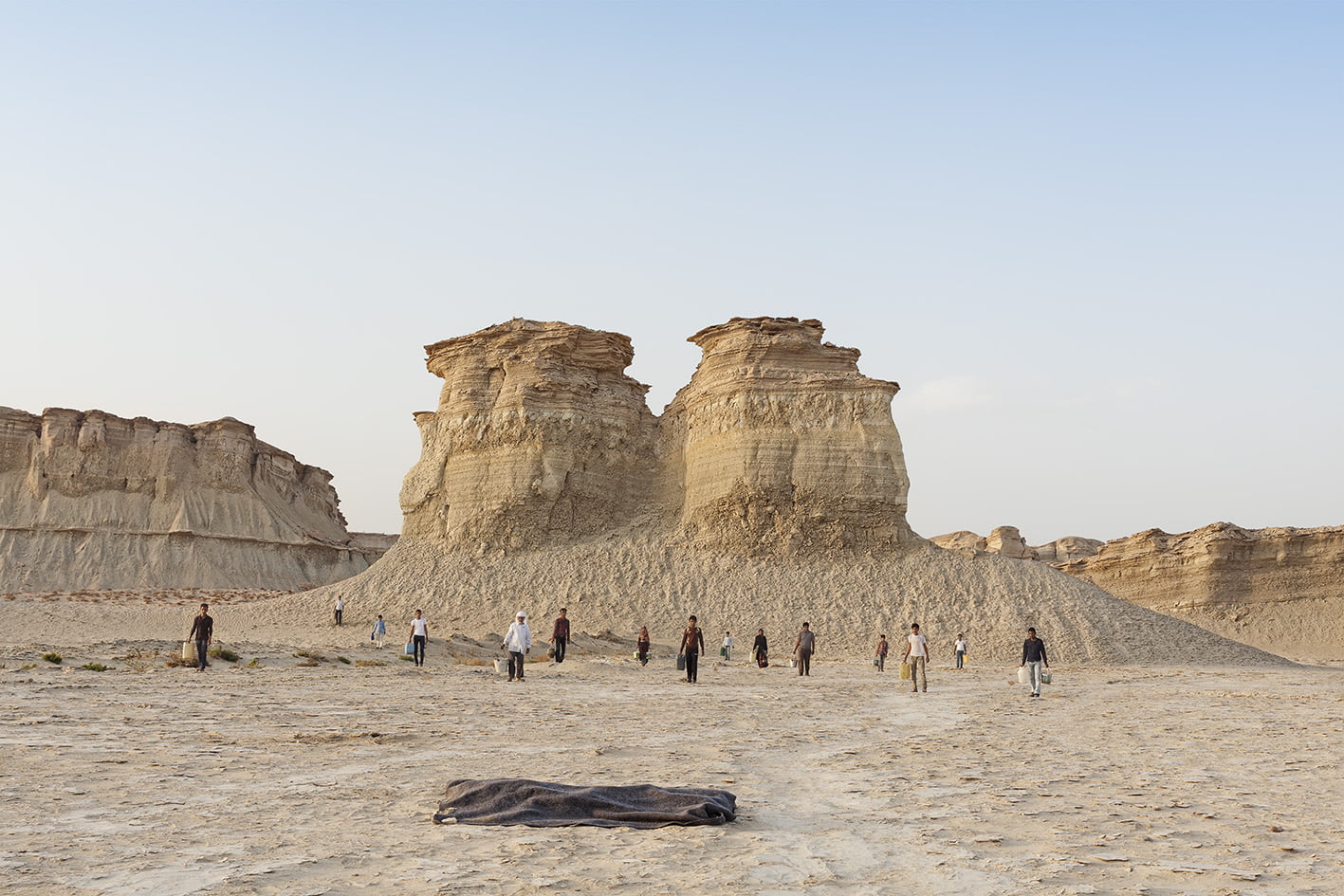 In every corner of the world, devastations of war, massacres, oppression, disease and death are the cause of widespread human disorders with no imaginable ending. When disasters force people to migration, where would they be welcomed with open arms?
Hoping for a better life, they struggle in a never-ending limbo, a strange place with no identity that does not belong to them. Maybe it is only at this point, when nature can be a safe haven for these refugees. Sky becomes the ceiling and mountains the walls of their new home; because Nature is the only promising place that shelters these people, an eternal and everlasting refuge.
Through her work Stateless, Gohar Dashti (Iran) combines anthropology and sociology in her photography, aiming to express her relationship with the world around her.]]>
In every corner of the world, devastations of war, massacres, oppression, disease and death are the cause of widespread human disorders with no imaginable ending. When disasters force people to migration, where would they be welcomed with open arms?
Hoping for a better life, they struggle in a never-ending limbo, a strange place with no identity that does not belong to them. Maybe it is only at this point, when nature can be a safe haven for these refugees. Sky becomes the ceiling and mountains the walls of their new home; because Nature is the only promising place that shelters these people, an eternal and everlasting refuge.
Through her work Stateless, Gohar Dashti (Iran) combines anthropology and sociology in her photography, aiming to express her relationship with the world around her.]]> In every corner of the world, devastations of war, massacres, oppression, disease and death are the cause of widespread human disorders with no imaginable ending. When disasters force people to migration, where would they be welcomed with open arms?
Hoping for a better life, they struggle in a never-ending limbo, a strange place with no identity that does not belong to them. Maybe it is only at this point, when nature can be a safe haven for these refugees. Sky becomes the ceiling and mountains the walls of their new home; because Nature is the only promising place that shelters these people, an eternal and everlasting refuge.
Through her work Stateless, Gohar Dashti (Iran) combines anthropology and sociology in her photography, aiming to express her relationship with the world around her.]]>
In every corner of the world, devastations of war, massacres, oppression, disease and death are the cause of widespread human disorders with no imaginable ending. When disasters force people to migration, where would they be welcomed with open arms?
Hoping for a better life, they struggle in a never-ending limbo, a strange place with no identity that does not belong to them. Maybe it is only at this point, when nature can be a safe haven for these refugees. Sky becomes the ceiling and mountains the walls of their new home; because Nature is the only promising place that shelters these people, an eternal and everlasting refuge.
Through her work Stateless, Gohar Dashti (Iran) combines anthropology and sociology in her photography, aiming to express her relationship with the world around her.]]>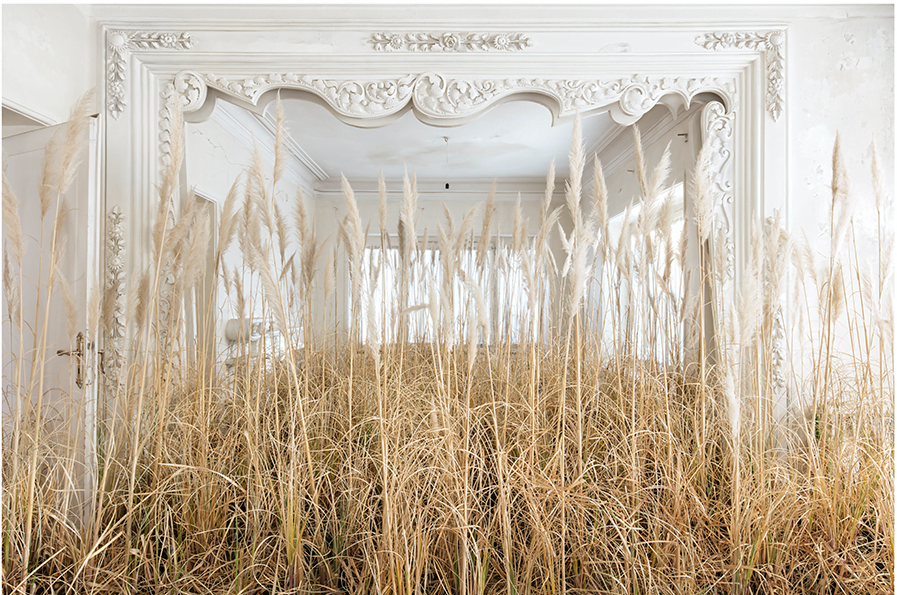
Gohar Dashti’s haunting images highlight the absence of occupation. Nature is the new inhabitant, adding texture and beauty to crumbling facades and interiors. The emptiness tells it’s own story, posing questions that reach beyond the limits of the frame, beyond the moment now frozen in time.
After studying photography in Iran, Dashti has spent the last 12 years creating images concerning social issues, referencing history and culture through a convergence of anthropology and sociology. Her interest is in the world around her, and her starting point is her personal perception of her surroundings, her relationship to society and the world she inhabits. Dashti’s practice continuously develops from life events and connections between the personal and the universal, the political and the fantasised.
]]>
Gohar Dashti’s haunting images highlight the absence of occupation. Nature is the new inhabitant, adding texture and beauty to crumbling facades and interiors. The emptiness tells it’s own story, posing questions that reach beyond the limits of the frame, beyond the moment now frozen in time.
After studying photography in Iran, Dashti has spent the last 12 years creating images concerning social issues, referencing history and culture through a convergence of anthropology and sociology. Her interest is in the world around her, and her starting point is her personal perception of her surroundings, her relationship to society and the world she inhabits. Dashti’s practice continuously develops from life events and connections between the personal and the universal, the political and the fantasised.
]]>
There is a place beyond the mountains of the Great Dividing Range, lost to the shining lights of Australia’s suburban sprawl. Known vaguely, if romantically, as the outback, or the bush, it has no demarcated border but refers to the nation’s vast, sparsely populated interior — 73 percent of Australia’s territory — more than two million square miles — dotted with 5 percent of its 24 million people.
It has been mythologised in poetry and song, made horrific in films like “Wake in Fright,” and infused into Australia’s history and psyche. Yet few Australians, including myself, have fully explored its realities.
Adam Ferguson, an Australian photographer, has covered geopolitical issues the world over, from India and Greece to Afghanistan and, more recently, Niger. Earlier this year he returned to his home country and embarked on a three-month, 12,000-mile odyssey across Australia’s vast interior. His resulting report, “Through the Outback,” explores the land and its people — and the complicated, evolving relationship that binds them.
]]>
There is a place beyond the mountains of the Great Dividing Range, lost to the shining lights of Australia’s suburban sprawl. Known vaguely, if romantically, as the outback, or the bush, it has no demarcated border but refers to the nation’s vast, sparsely populated interior — 73 percent of Australia’s territory — more than two million square miles — dotted with 5 percent of its 24 million people.
It has been mythologised in poetry and song, made horrific in films like “Wake in Fright,” and infused into Australia’s history and psyche. Yet few Australians, including myself, have fully explored its realities.
Adam Ferguson, an Australian photographer, has covered geopolitical issues the world over, from India and Greece to Afghanistan and, more recently, Niger. Earlier this year he returned to his home country and embarked on a three-month, 12,000-mile odyssey across Australia’s vast interior. His resulting report, “Through the Outback,” explores the land and its people — and the complicated, evolving relationship that binds them.
]]>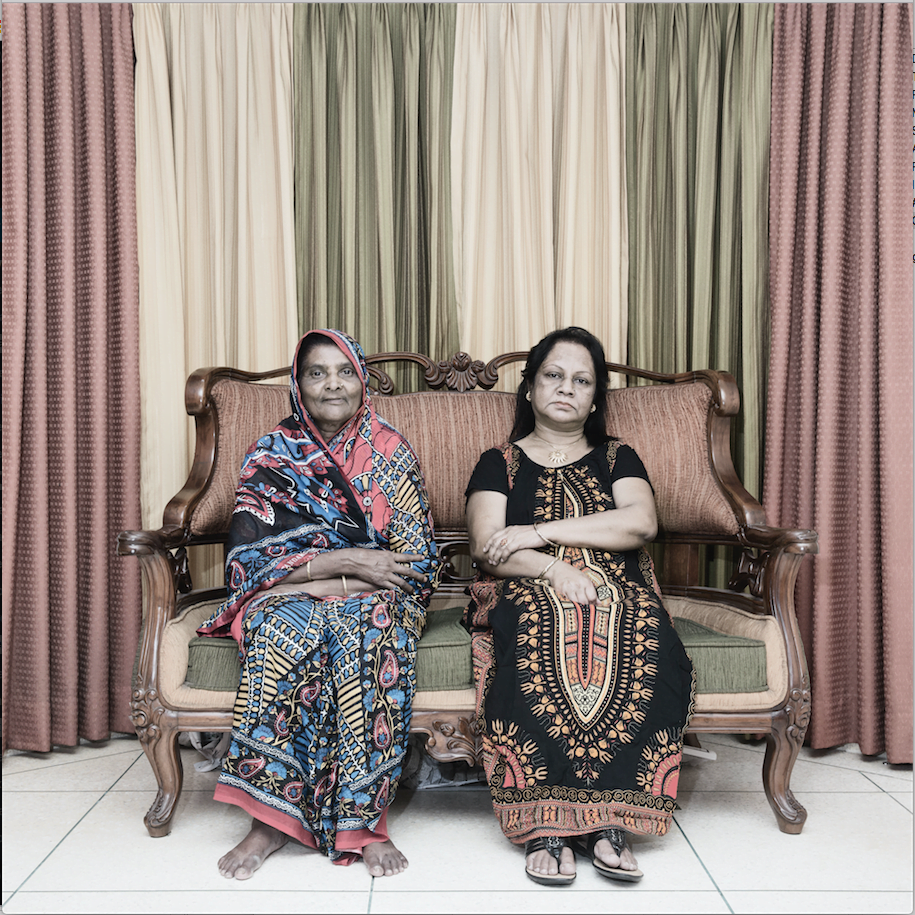
Historically, domestic servants worked for food and lodging in better-off homes of predominantly rural eastern Bengal. Changes during the British colonial period gradually led to the introduction of wages for domestic service, but even after twice-achieved national independence in 1947 and 1971, no minimum wage, maximum working hours or holidays have been legislated by the government for those in domestic service. There is no public discourse around this issue.
Through her work, Close Distance, Jannatul Mawa (Nepal) wants to break the 'spatial’ taboo that signifies an underlying class taboo in urban middle class homes. Although the mistress and the housemaid inhabit the same domestic space, their social and economic privileges, and their ideological worth are poles apart.
"Through my work I want to explore the possibility of creating bonds of intimacy among women who, according to dominant norms, are unequal, norms which we ourselves internalise. Even though the duration of this closeness is small, and the occasion of a photographer intruding will not do away with deeply embedded class distinction, I am a believer in the reformist power of the photographic image. I like to think that my work will help us reflect upon domestic relationships, which are not natural but social and historical, and realise the need for change".
]]>
Historically, domestic servants worked for food and lodging in better-off homes of predominantly rural eastern Bengal. Changes during the British colonial period gradually led to the introduction of wages for domestic service, but even after twice-achieved national independence in 1947 and 1971, no minimum wage, maximum working hours or holidays have been legislated by the government for those in domestic service. There is no public discourse around this issue.
Through her work, Close Distance, Jannatul Mawa (Nepal) wants to break the 'spatial’ taboo that signifies an underlying class taboo in urban middle class homes. Although the mistress and the housemaid inhabit the same domestic space, their social and economic privileges, and their ideological worth are poles apart.
"Through my work I want to explore the possibility of creating bonds of intimacy among women who, according to dominant norms, are unequal, norms which we ourselves internalise. Even though the duration of this closeness is small, and the occasion of a photographer intruding will not do away with deeply embedded class distinction, I am a believer in the reformist power of the photographic image. I like to think that my work will help us reflect upon domestic relationships, which are not natural but social and historical, and realise the need for change".
]]>
Eyes as Big as Plates is an ongoing collaboration by the Norwegian-Finnish artist duo Karoline Hjorth (NO) and Riitta Ikonen (FI). The project began in 2011 studying personifications of nature and folkloric explanations to natural phenomenons in Norway. Since then their work has evolved into a continual search for modern human’s affinity to nature.
Part sculpture, part installation and part photography, the artists work together from beginning to end of the process with their different complementing skills. Each image in the series presents a solitary figure in a landscape, dressed in elements from their surroundings that indicate neither time nor place. Nature acts as both content and context and the characters literally inhabit the landscape wearing sculptures made in collaboration with the artists. Driven by curiosity and imagination, Hjorth and Ikonen have travelled to a dozen countries on their mission, meeting senior models through friends, newspaper ads, in hardware stores, noodle bars, indoor gardening society meetings, pools and senior centres.
]]>
Eyes as Big as Plates is an ongoing collaboration by the Norwegian-Finnish artist duo Karoline Hjorth (NO) and Riitta Ikonen (FI). The project began in 2011 studying personifications of nature and folkloric explanations to natural phenomenons in Norway. Since then their work has evolved into a continual search for modern human’s affinity to nature.
Part sculpture, part installation and part photography, the artists work together from beginning to end of the process with their different complementing skills. Each image in the series presents a solitary figure in a landscape, dressed in elements from their surroundings that indicate neither time nor place. Nature acts as both content and context and the characters literally inhabit the landscape wearing sculptures made in collaboration with the artists. Driven by curiosity and imagination, Hjorth and Ikonen have travelled to a dozen countries on their mission, meeting senior models through friends, newspaper ads, in hardware stores, noodle bars, indoor gardening society meetings, pools and senior centres.
]]>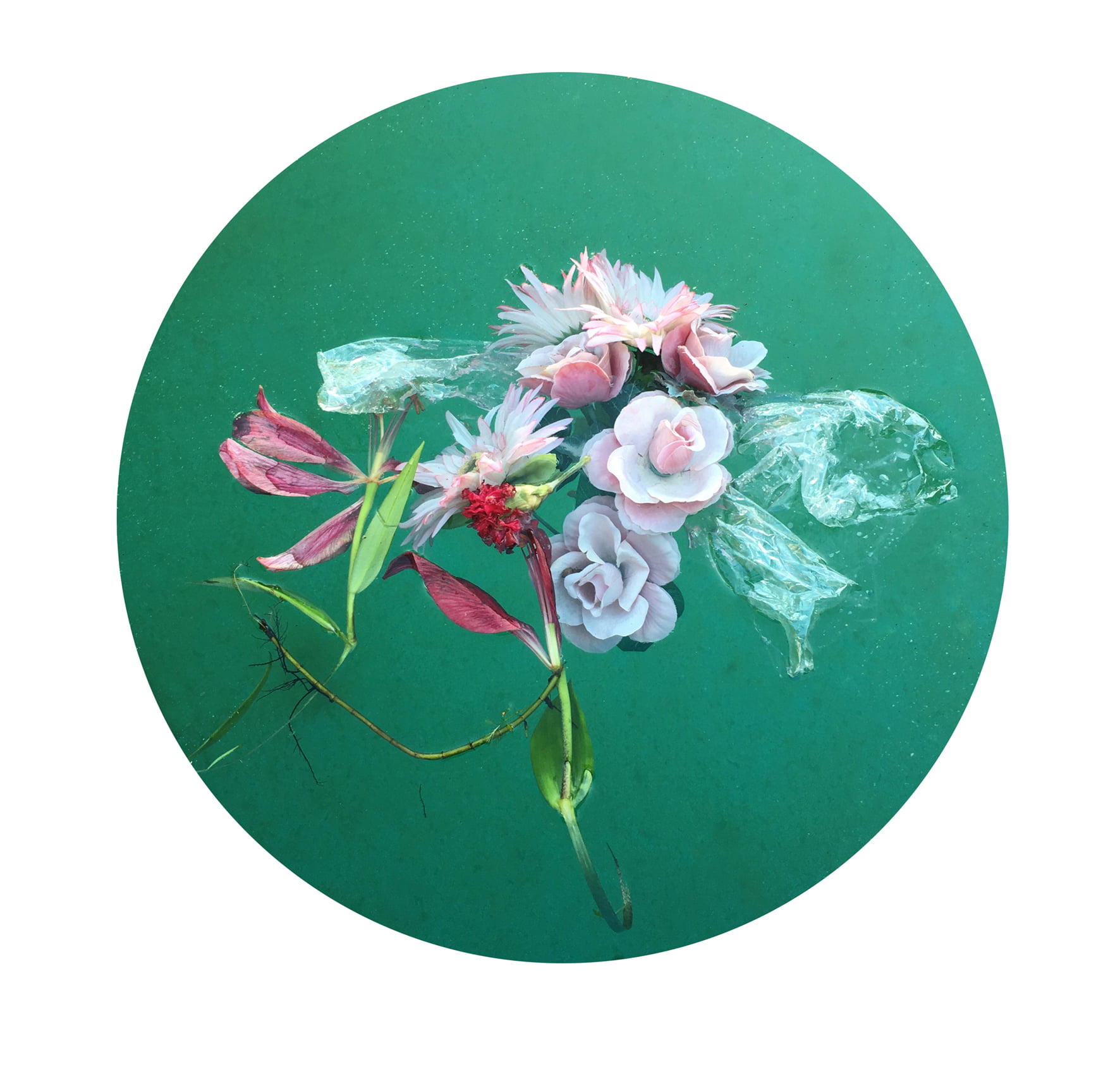
We use and abuse our water instead of taking care of it with reverence. We expect our resources to sustain us, yet we often treat them with indifference. Surface Deep is an exploration of our connection to water on a physical, emotional and aesthetic level. This installation of floating images by digital artist Kim Percy pays homage to the beauty and reality of our relationship with this precious resource.
About Artist
Kim Percy is a digital artist and designer who has been exhibiting for over 24 years. She was a finalist in the 2016 Bowes Photographic Prize and 2017 Wyndham Art Award, and has had a solo show in New York City. Percy has been photographing water for most of her career.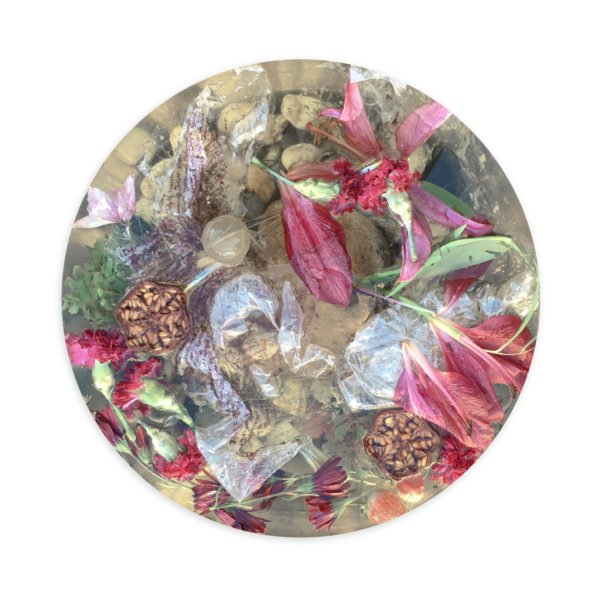
Kim Percy, Shallows, 2017, digital image on acrylic, 70cm x 70cm (detail)
]]>
We use and abuse our water instead of taking care of it with reverence. We expect our resources to sustain us, yet we often treat them with indifference. Surface Deep is an exploration of our connection to water on a physical, emotional and aesthetic level. This installation of floating images by digital artist Kim Percy pays homage to the beauty and reality of our relationship with this precious resource.
About Artist
Kim Percy is a digital artist and designer who has been exhibiting for over 24 years. She was a finalist in the 2016 Bowes Photographic Prize and 2017 Wyndham Art Award, and has had a solo show in New York City. Percy has been photographing water for most of her career.
Kim Percy, Shallows, 2017, digital image on acrylic, 70cm x 70cm (detail)
]]>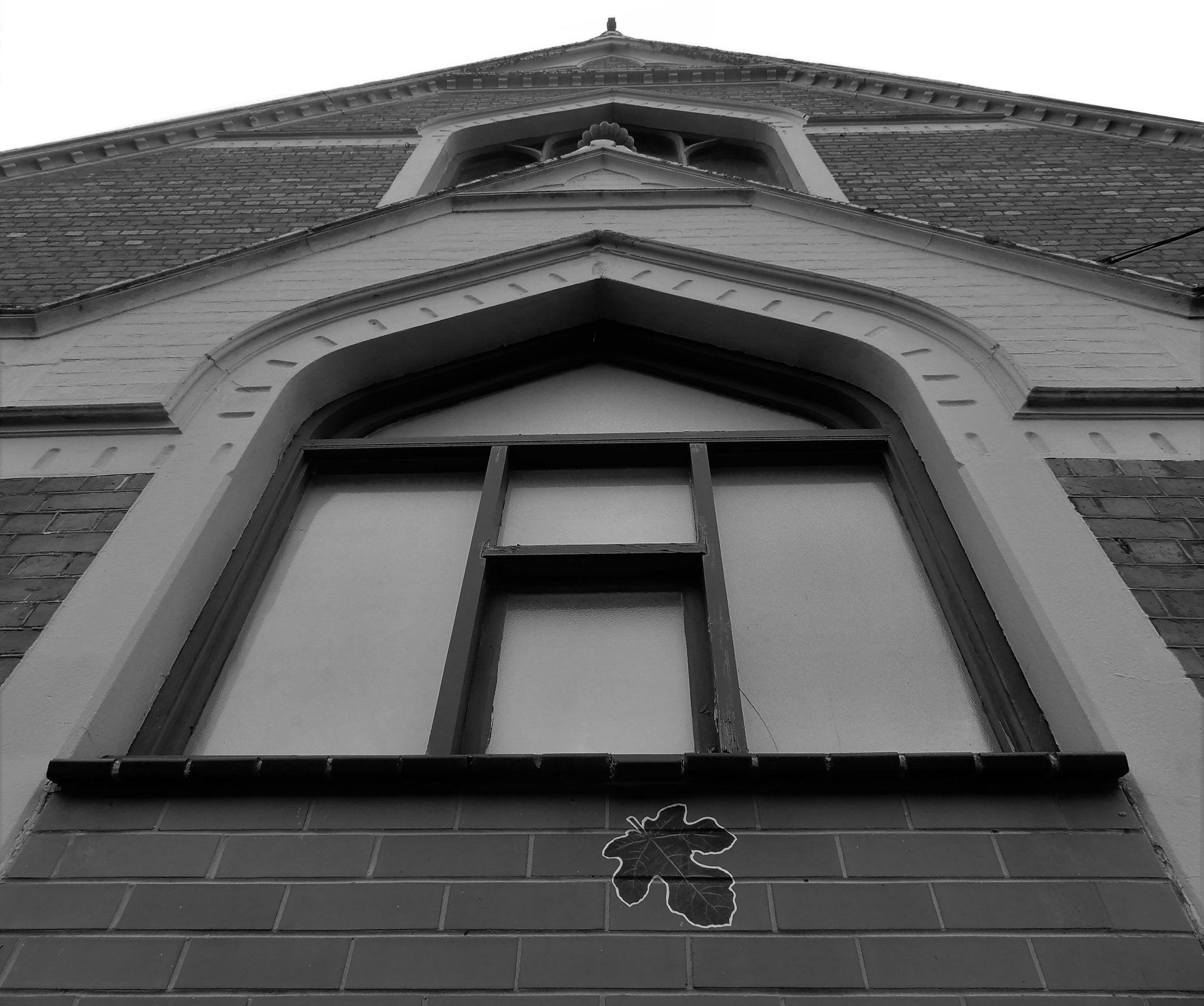
Ballarat-based artist Linda Franklin presents Their Story is Our Story: a mixed media mural along the walls of a historic laneway which airs the stench uncovered by the Royal Commission into Institutional Responses to Child Sexual Abuse. How did this happen? Franklin’s work portrays hope for healing, and illustrates the importance of people power in driving social evolution.
About Artist
Ballarat-based artist, Linda Franklin (SSAS) is a visual story-teller of the human condition. Skilled in blending diverse subjects and mediums to reveal their connectivity—her work is collected internationally. Linda also works as an Art Therapist / Artist with young people cared for by Berry Street (community services).
]]>
Ballarat-based artist Linda Franklin presents Their Story is Our Story: a mixed media mural along the walls of a historic laneway which airs the stench uncovered by the Royal Commission into Institutional Responses to Child Sexual Abuse. How did this happen? Franklin’s work portrays hope for healing, and illustrates the importance of people power in driving social evolution.
About Artist
Ballarat-based artist, Linda Franklin (SSAS) is a visual story-teller of the human condition. Skilled in blending diverse subjects and mediums to reveal their connectivity—her work is collected internationally. Linda also works as an Art Therapist / Artist with young people cared for by Berry Street (community services).
]]>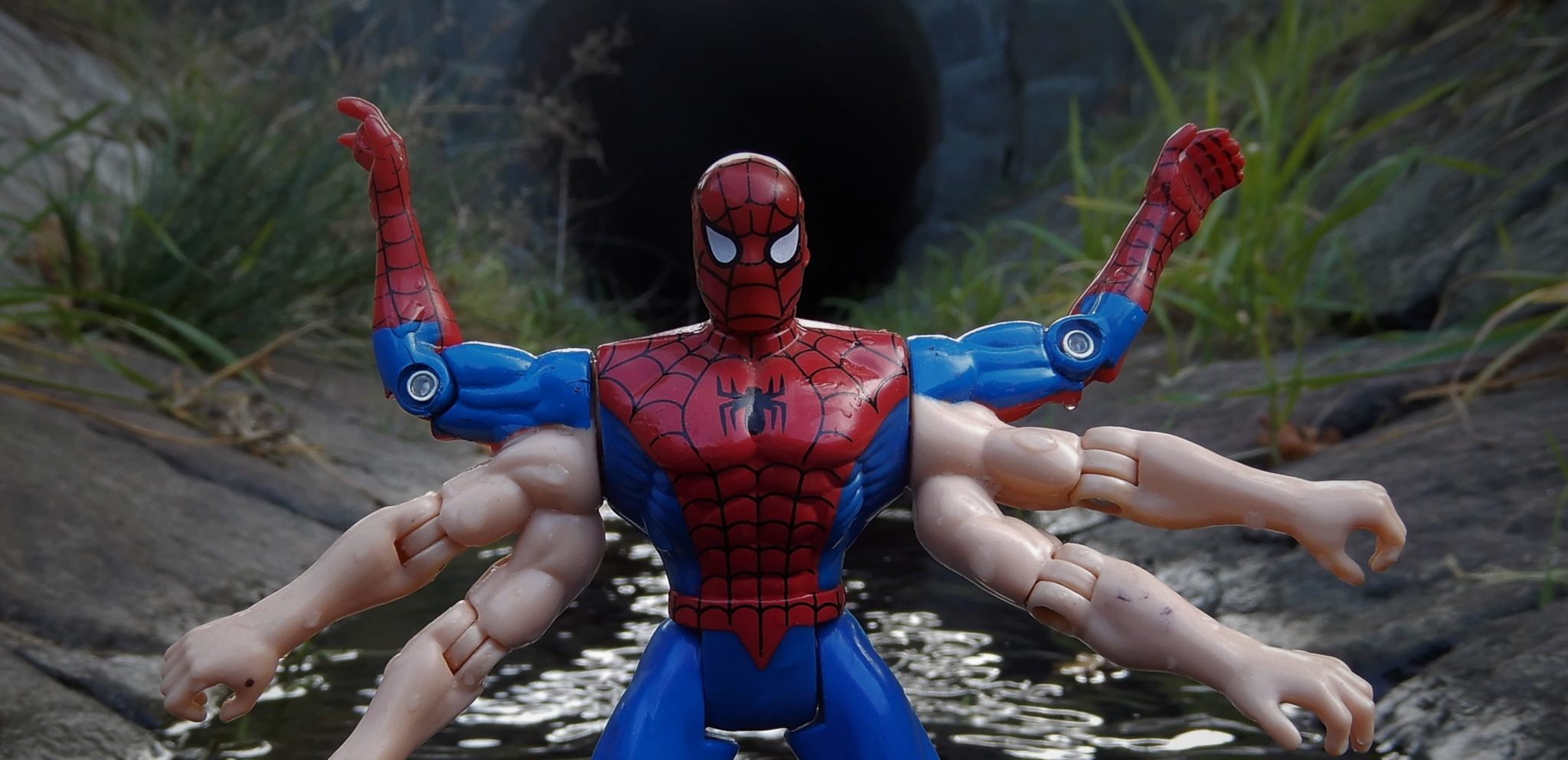
Explore the stunning photography of a group of teenagers living in residential care with Berry Street. Aged 14 to 17, the artists cannot be named for legal reasons, but their work speaks for itself — a photographic poster mural pasted on the walls of the heritage Wigton Place laneway, expressing the tenacity of human survival in the face of extreme trauma and adversity. Berry Street was established in Melbourne in 1877 to protect babies and children at risk of infanticide, abandonment, poverty and life on the street.
About Artist
Aged between 14 and 17, and unable to be identified for legal reasons, Anon is a group of individuals living in residential care with Berry Street. ]]>
Explore the stunning photography of a group of teenagers living in residential care with Berry Street. Aged 14 to 17, the artists cannot be named for legal reasons, but their work speaks for itself — a photographic poster mural pasted on the walls of the heritage Wigton Place laneway, expressing the tenacity of human survival in the face of extreme trauma and adversity. Berry Street was established in Melbourne in 1877 to protect babies and children at risk of infanticide, abandonment, poverty and life on the street.
About Artist
Aged between 14 and 17, and unable to be identified for legal reasons, Anon is a group of individuals living in residential care with Berry Street. ]]>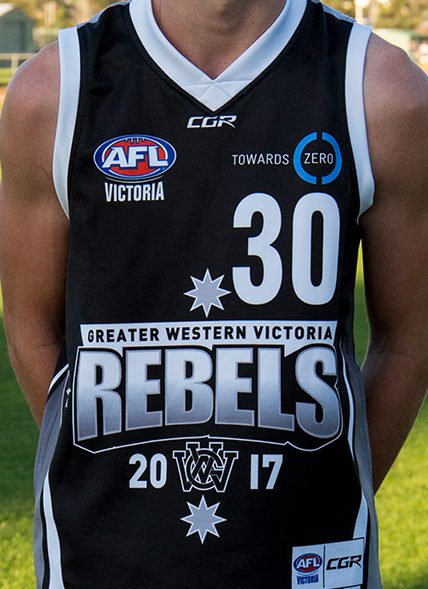
What motivates young people to do the things they do? What drives a love of sport in teenagers? Why Do You Play? answers these questions through a series of photographs and graphics of aspiring young footballers, both male and female, all the while dissecting the relationship between art and sport. A collaboration with the Federation University Australia Communication Design students and Greater Western Victoria Rebels Football Club, this street poster exhibition is an exploration and celebration of personal identity and ambition among young sportspeople today.
About Artist
These students are in their third year of studying Communication Design at the Arts Academy of Federation University.
What motivates young people to do the things they do? What drives a love of sport in teenagers? Why Do You Play? answers these questions through a series of photographs and graphics of aspiring young footballers, both male and female, all the while dissecting the relationship between art and sport. A collaboration with the Federation University Australia Communication Design students and Greater Western Victoria Rebels Football Club, this street poster exhibition is an exploration and celebration of personal identity and ambition among young sportspeople today.

